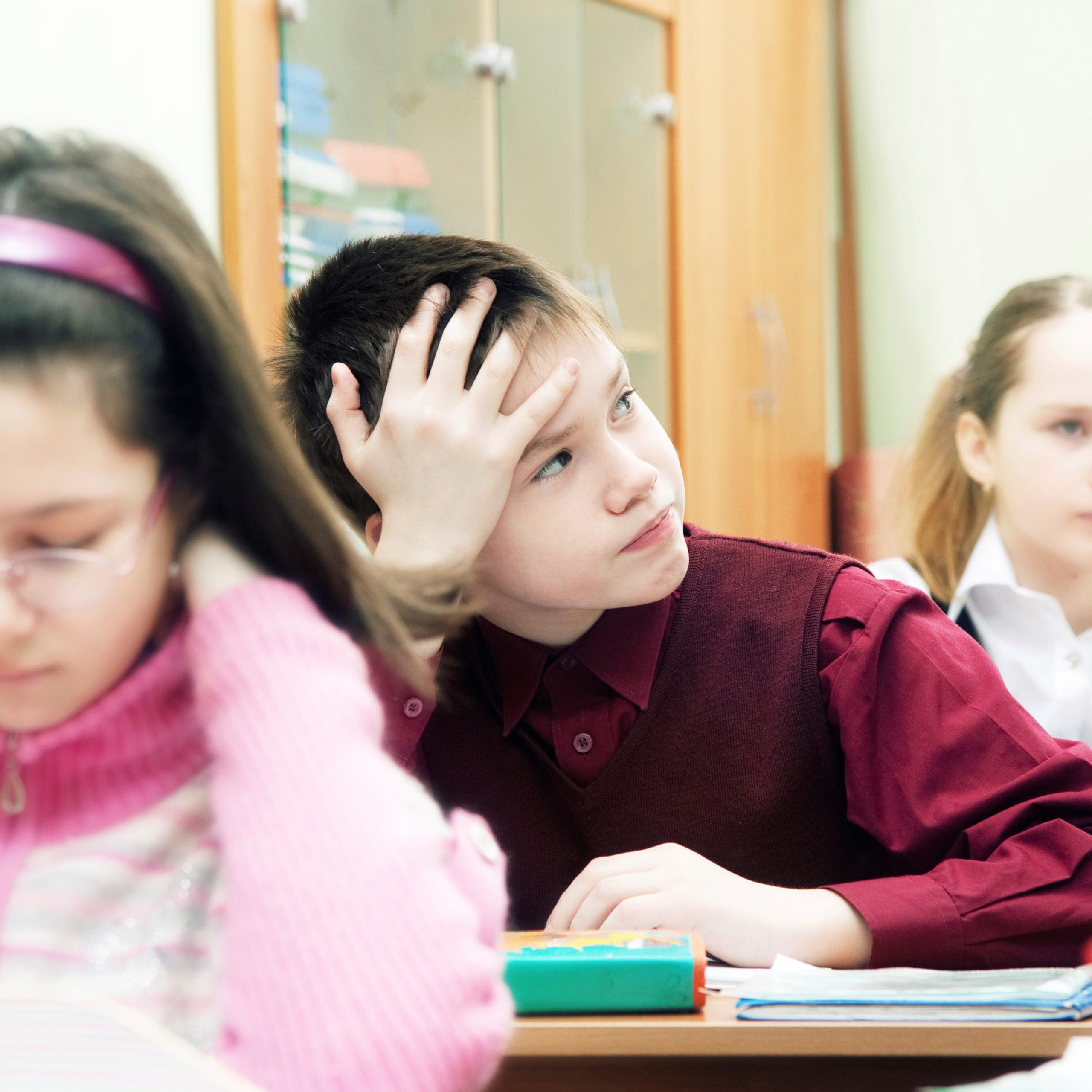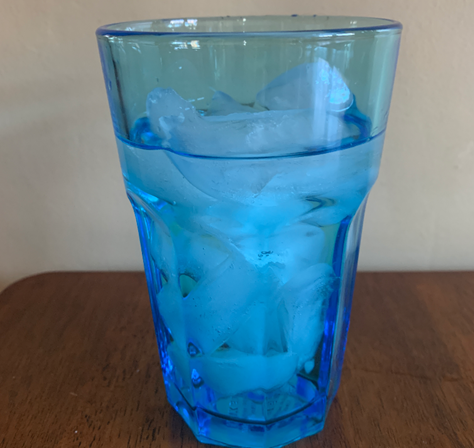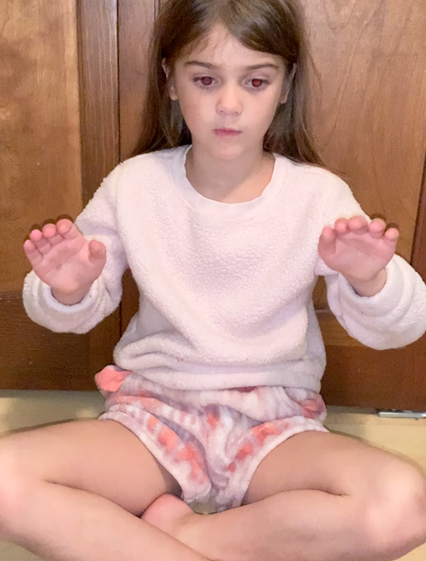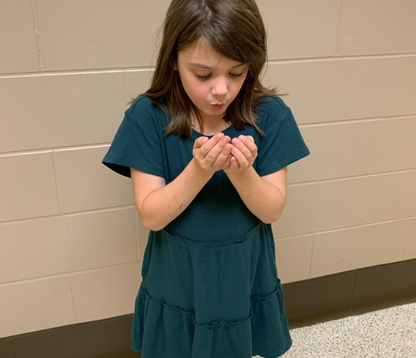Written By: Colleen Williams, PT
 Self-regulation is one of the most important skills that everyone needs. It is not just a term to be associated with children with behavioral difficulties. We all need to self-regulate to be successful in all aspects of our lives. Studies tell us that self-regulation developed in childhood has a positive effect on learning, language, and many life outcomes.
Self-regulation is one of the most important skills that everyone needs. It is not just a term to be associated with children with behavioral difficulties. We all need to self-regulate to be successful in all aspects of our lives. Studies tell us that self-regulation developed in childhood has a positive effect on learning, language, and many life outcomes.
What is self-regulation not?
Self-regulation is not self-control. Self-control is the ability to inhibit impulses. It is often described as willpower or self-discipline. It helps you stop a behavior that is not in your best interest. It is a cortical event. Self-regulation is needed for self-control.
What is self-regulation?
There are over 400 different definitions of self-regulation. Dr. Stuart Shanker, a distinguished research professor of philosophy and psychology and internationally known expert on parenting and self-regulation, defines it as how effectively and efficiently a person deals with stress and recovers. It is a non-cortical event.
In this definition, self-regulation reflects the state of your autonomic nervous system (ANS). Stress is described as anything that requires us to expend energy to maintain a level of balance in our mind and body. Stressors can include sensory issues (noise, sights, smells), the need to pay attention, the environment, your physical health, academic/job demands, and following social norms.
All stressors require “fuel” and energy expenditure by our brain and autonomic nervous system (ANS). The amount of fuel used on each stressor varies from person to person. If a lot of fuel is used, there is less energy available for thinking, self-control, focus, social engagement, and more.
Children with ADHD inherently have difficulty with self-regulation. The classic profile of ADHD is the triad of inattention, impulsivity, and hyperactivity. These behaviors are an indicator of how their mind and body are working. Some may say this is how their engine is running. They are inherently using a lot of energy with little fuel left for self-regulation!
 Basic Strategies for Self-Regulation
Basic Strategies for Self-Regulation
Be calm, present, and focused.
We, as humans, attune to the nervous systems of those around us. You have experienced this if you’ve ever been around someone who is very anxious or angry. It’s hard to be calm around them. Children can only develop self-regulation if they experience it. They need to be around adults that are calm, present and focused. “Calm down” and “Pay attention” are ineffective directions. The child needs her self-regulated nervous system to co-regulate with you.
A simple self-regulation strategy is to drink ice water! Studies have shown that drinking ice water stimulates the vagus nerve which in turn helps balance your ANS. For better balance, both you and your child can have some ice-cold water before you get started.
 Use rhythm for focus and calming
Use rhythm for focus and calming
The use of rhythm can be very calming, and organizing, and requires focus. I typically start my therapy sessions with some type of rhythm activity. A simple clapping pattern (2 claps on your thighs, and 1 clap of hands together) repeated can be very effective. The use of a metronome during activities can provide a set pace for regulation, and improved focus and attention.
Mindfulness
I am not talking about a 15-minute meditation practice. Mindfulness is simply being in the moment. It is carrying out any activity with intention and attention. This can be a simple breath activity at the beginning of the session. One of my favorites is the hot chocolate breath. The child holds their hands as if they are holding a cup. They breathe in to smell the hot chocolate and blow out through their lips to cool the hot chocolate down.
Any type of intentional deep breathing activates the vagus nerve and in turn, helps bring the ANS to a more balanced state.
When we are present and now, we are practicing mindfulness. We all have different activities that are calming for us. Some examples are coloring, playing with Legos, sand, or playdoh, and closing our eyes and listening to sounds around us. Try different mindfulness activities to see what is calming for the child that you are working with.
For any therapy session to be successful, self-regulation is the starting point. Spending a little time initially on helping balance your and your child’s ANS is well worth it in terms of a more productive therapy session.
Want to learn more? Experience an In-Person Workshop in real-time from anywhere with Colleen’s upcoming Live Stream on December 8th, Children with ADHD and Self-Regulation Challenges.
Explore online continuing education courses from Colleen below:
The Cerebellum and Development
Early Intervention for the Young Child
Visit summit-education.com for more information.
References:
Shanker, Stuart. How to Help Your Child (and You) Break the Stress Cycle and Successfully Engage with Life Penguin Books 2017
Chiang CT, Chiu TW, Jong YS, Chen GY, Kuo CD. The effect of ice water ingestion on autonomic modulation in healthy subjects. Clin Auton Res. 2010 Dec;20(6):375-80.
